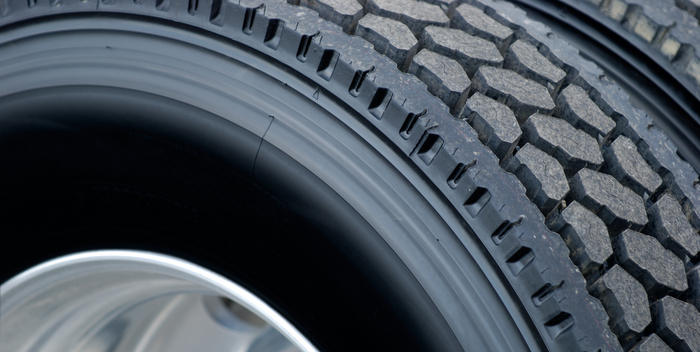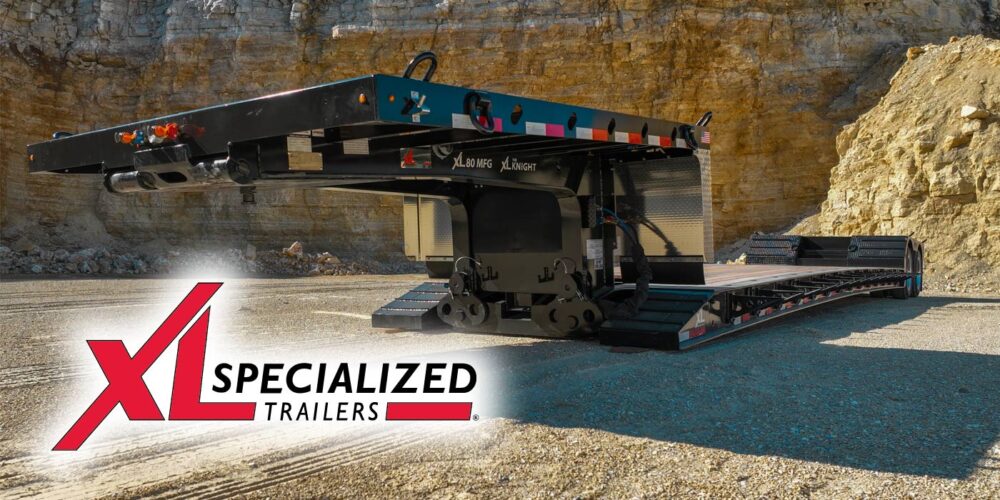Talking with managers from many of the larger commercial fleets at a recent TMC meeting, it was clear what fleets are looking for when it comes to their tires: Fleets want tires that generate the best possible fuel economy; highest mileage to removal; excellent retreadability; and tires that are not prone to developing uneven and irregular wear. Tires that are less sensitive to common vehicle issues such as tractor and trailer misalignment were also high on the list.
Improving vehicle fuel economy is clearly desired by every fleet. Even a 0.1 or 0.2 improvement in miles/gallon will save a substantial amount of money for your company. Sure, it is helpful to get an extra five to 10,000 miles out of every set of tires, but the trump card is mpg.
If you had 100 trucks averaging six mpg that travel 100,000 miles per year, each truck would consume 16,667 gal. of fuel per year. If the fleet was able to see a conservative 2% improvement in fuel economy due solely to spec’ing fuel efficient tires, then those same 100 trucks would each only use 16,340 gal./year. A savings of 327 gal. per year per truck at $4 a gal. for diesel, computes to an annual fuel savings of $130,800 for the 100 trucks.
To maximize tire fuel economy, it is also assumed that tires are properly inflated. Running tires that are underinflated will negate the advantage of purchasing fuel efficient tires. It is important to be working with your tire professional to develop a serious tire pressure maintenance program.
The best way to maximize tire removal miles is to significantly reduce irregular wear. Not only does early onset of irregular wear lead to premature tire removal, but also adversely affects vehicle fuel economy. A tire with smooth, even wear will have the best fuel economy versus the same tire that has, for example, shoulder cupping and/or high-low lug wear.
There are many tire makes/models available in the market along with a range of tread depths depending on the specific wheel position. Higher tread depth does not necessarily correlate with higher mileage. The deeper the tread depth, the more heat will be generated—and heat is never a good thing when it comes to tires. Too much heat leads to breakdown of the rubber compounds that will also hurt the casing retreadability. Too much tread on a lug drive tire design will cause those lugs to squirm as the tire runs down the highway. This will lead to uneven and irregular wear and also reduce fuel economy. There is always a sweet spot when it comes to choosing initial tire tread depth.
The best way to maximize the tire casing for retreading is to keep the tire running cool by maintaining proper inflation pressure, not driving over the speed limit and, of course, not running over the legal load. Running tires down to the legal tread depth limit of 4/32-in. for steers and 2/32-in. for drives and trailers will help to increase removal miles, but is usually not good for protecting the tire casing. Cuts, punctures and stone holding/drilling occur when the tread rubber starts getting too low. This is why it is common practice for fleets to target 6/32 or 8/32 in. remaining tread depth for a steer tire, and somewhere between 4/32 and 8/32 in. tread on drives and 3/32 to 4/32 in. on trailers when determining when to take a tire out of service. A retread is approximately one-third the price of a new tire, so it only makes sense to protect that casing and maximize the number of retreads per casing.
A well thought through tire program will go a long way in reducing cost per mile and improving fuel economy for your fleet.














